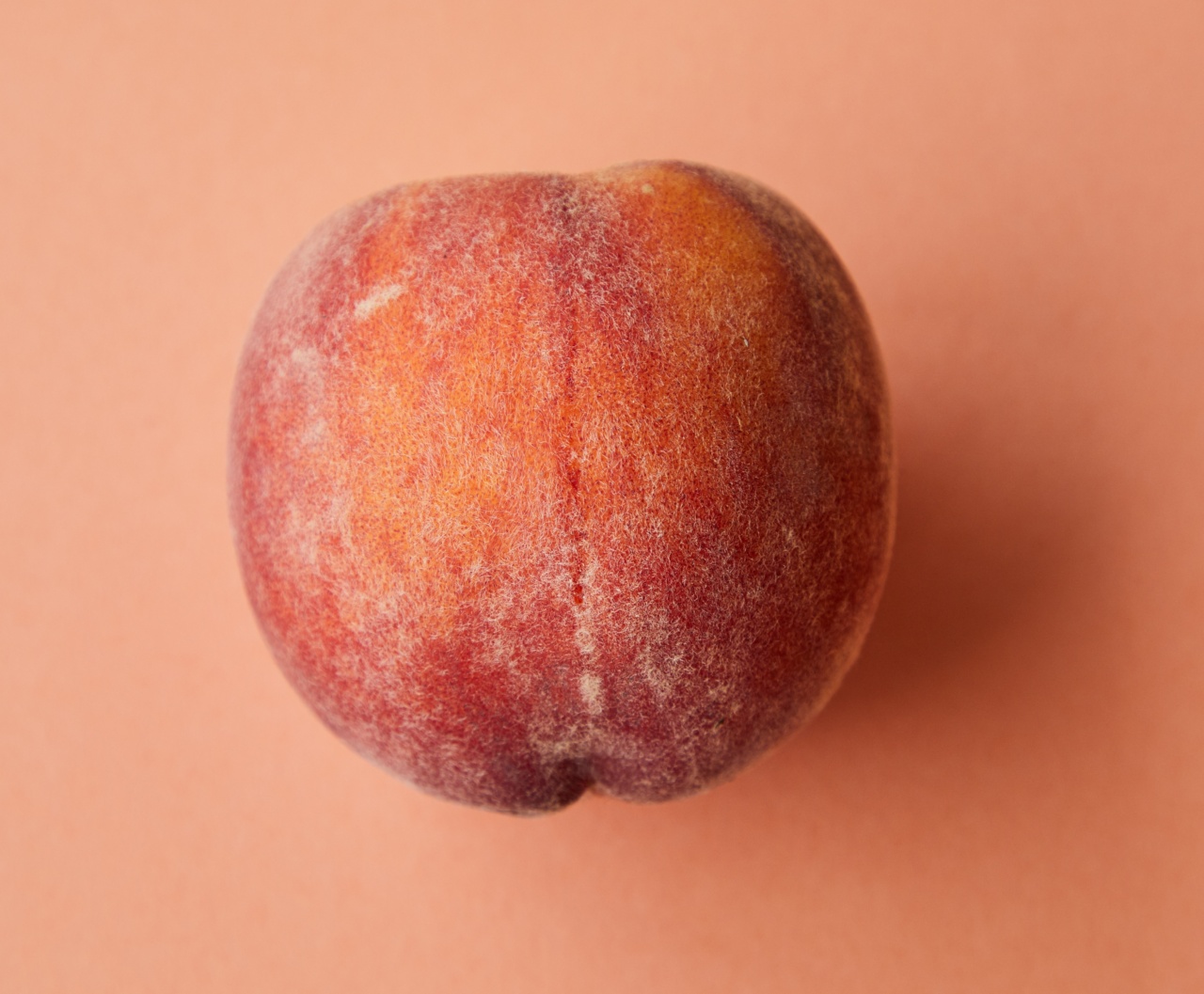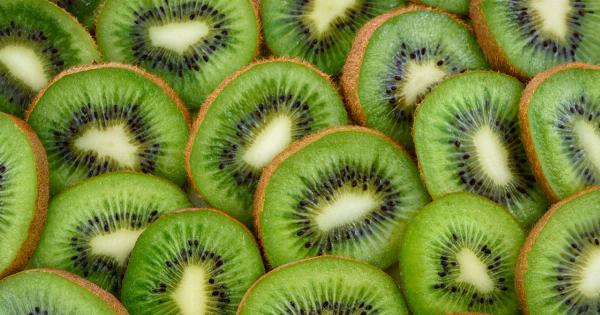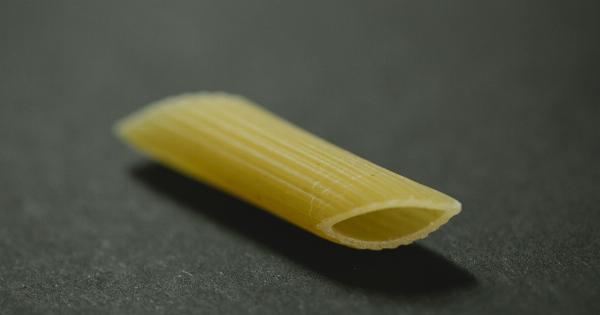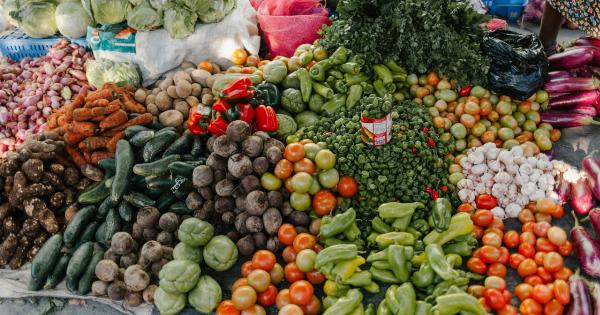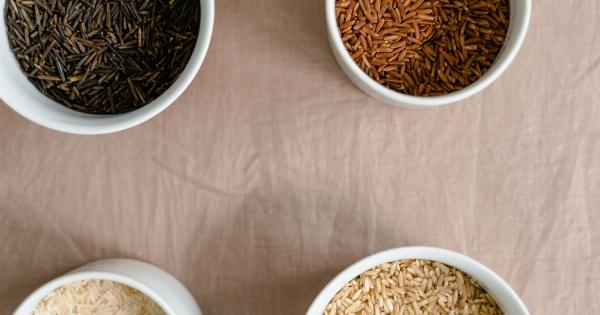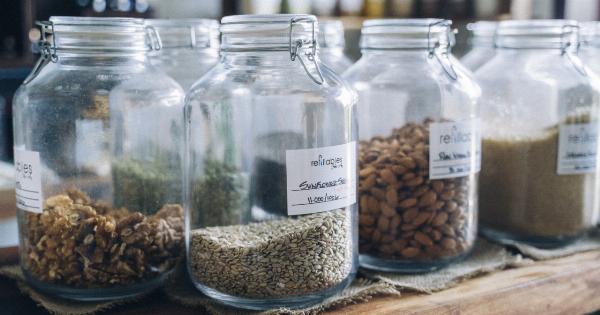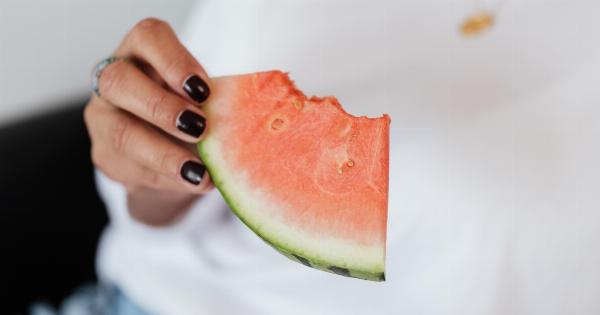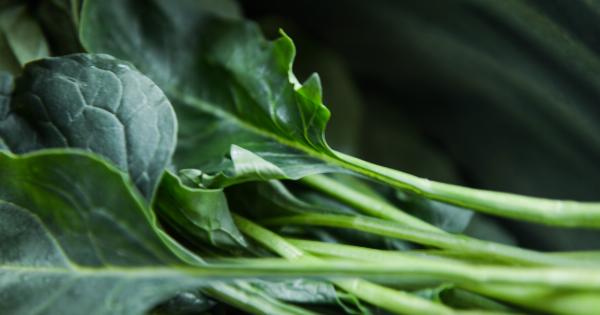When it comes to healthy eating, fruits and vegetables are an essential part of our diet. These colorful and nutrient-rich foods provide us with vitamins, minerals, and antioxidants that help keep our bodies functioning properly.
However, it is common practice to peel fruits and vegetables before consuming them, mainly for aesthetic or safety reasons. But have you ever wondered if this process affects their nutrient content? In this article, we will explore whether peeling fruits and vegetables impacts their nutrient content.
The Nutritional Value of Peels
Before delving into the impact of peeling on nutrient content, it is important to understand that fruits and vegetable peels contain valuable nutrients themselves.
Many of these peels are rich in fiber, which aids in digestion and helps regulate blood sugar levels. Additionally, they are often packed with important vitamins and minerals.
Factors Affecting Nutrient Retention
Several factors influence the extent to which nutrients are retained or lost during the peeling process. Let’s take a look at some of these factors:.
1. Type of Fruit or Vegetable
The nutrient content in peels varies greatly depending on the type of fruit or vegetable. For instance, the peels of apples and cucumbers contain a significant amount of nutrients, including vitamin K and fiber.
On the other hand, the peels of oranges and bananas have relatively smaller amounts of nutrients compared to their flesh.
2. Thickness of the Peel
The thickness of the peel also plays a role in how many nutrients it contains. Thicker peels generally have higher nutrient concentrations than thinner ones.
For example, the skin of a butternut squash, which is relatively thick, contains more nutrients compared to the thin skin of a tomato.
3. Washing and Scrubbing
Prior to peeling, it is essential to wash fruits and vegetables thoroughly to remove any dirt, pesticides, or bacteria present on their surfaces. While this step is important for food safety, it may also result in some nutrient loss.
Water-soluble nutrients like vitamin C can be partially lost during the washing process.
4. Cooking Methods
Some individuals prefer to cook fruits and vegetables with the peels intact, which can impact the nutrient content differently compared to peeling before cooking.
Boiling or steaming fruits and vegetables with their peels may cause some loss of water-soluble nutrients. On the other hand, roasting or grilling with the peels can help retain more nutrients, including antioxidants.
Benefits of Peeling Fruits and Vegetables
While peeling certain fruits and vegetables may result in some nutrient loss, there are some valid reasons for peeling them.
1. Pesticide Residue
Many fruits and vegetables are sprayed with pesticides during the growing process to protect them from pests and diseases. Peeling these produce can help remove some of the pesticide residues, reducing our exposure to potentially harmful chemicals.
2. Digestive Issues
For individuals with sensitive digestive systems, peeling fruits and vegetables can be beneficial. The peels contain fiber, which can be difficult to digest for some people.
Peeling can make these foods easier on the digestive system and prevent discomfort.
3. Texture and Taste
For some people, the texture or taste of fruit or vegetable peels may not be pleasant. Peeling them can improve the overall experience and encourage greater consumption of these nutritious foods.
The Importance of a Varied Diet
While it is necessary to consider the impact of peeling fruits and vegetables on their nutrient content, it is equally important to maintain a varied diet that includes a wide range of fruits and vegetables, whether peeled or not.
This ensures that we receive a diverse array of nutrients from different sources.
Tips to Maximize Nutrient Intake
If you prefer to peel your fruits and vegetables, here are some tips to help you maximize nutrient intake:.
1. Save the Peels for Other Uses
Rather than discarding the peels, consider finding creative ways to use them. Many fruit and vegetable peels can be utilized in recipes for soups, broths, or even homemade chips. This way, you can still benefit from their nutrients.
2. Opt for Organic Produce
If pesticide residue is a concern for you, choosing organic produce can reduce your exposure to harmful chemicals. Organic farming practices minimize the use of pesticides and prioritize natural methods for pest control.
3. Eat a Variety of Fruits and Vegetables
Whether you choose to peel your fruits and vegetables or not, it is essential to consume a wide range of produce to ensure a diverse nutrient intake.
Different fruits and vegetables offer varying nutritional profiles, so incorporating a variety into your diet is key.
Conclusion
Peeling fruits and vegetables can impact their nutrient content to some extent, but it is not always significant.
The nutrient value of the peel depends on the type of fruit or vegetable, the thickness of the peel, the cooking method used, and the washing process. However, peeling can be beneficial to reduce pesticide exposure and improve digestibility. Ultimately, maintaining a varied diet that includes a mix of peeled and non-peeled fruits and vegetables is key to obtaining a broad spectrum of nutrients.
